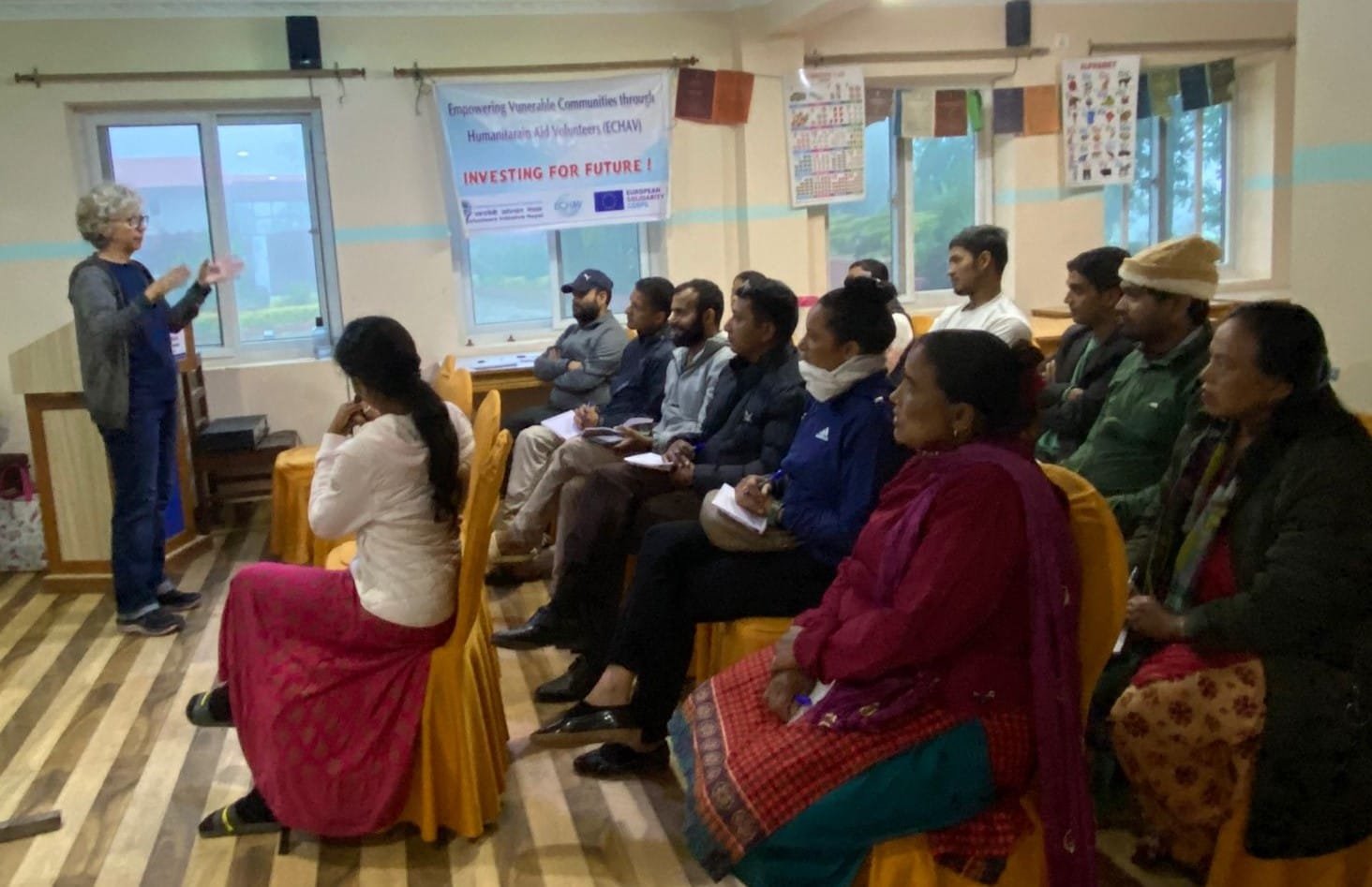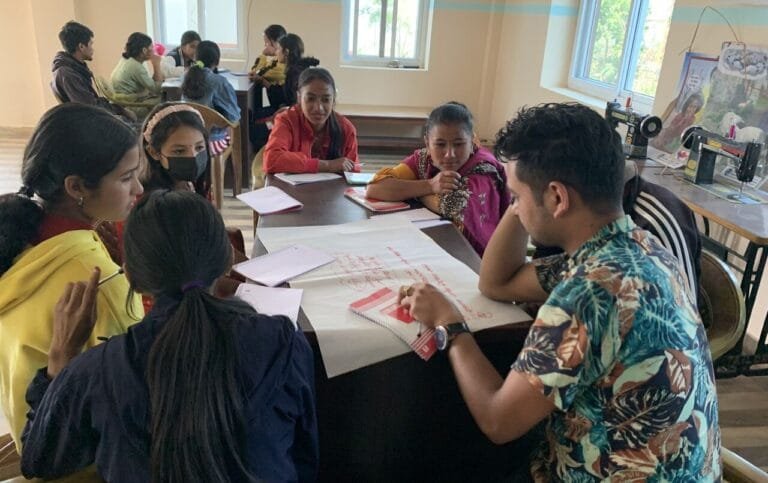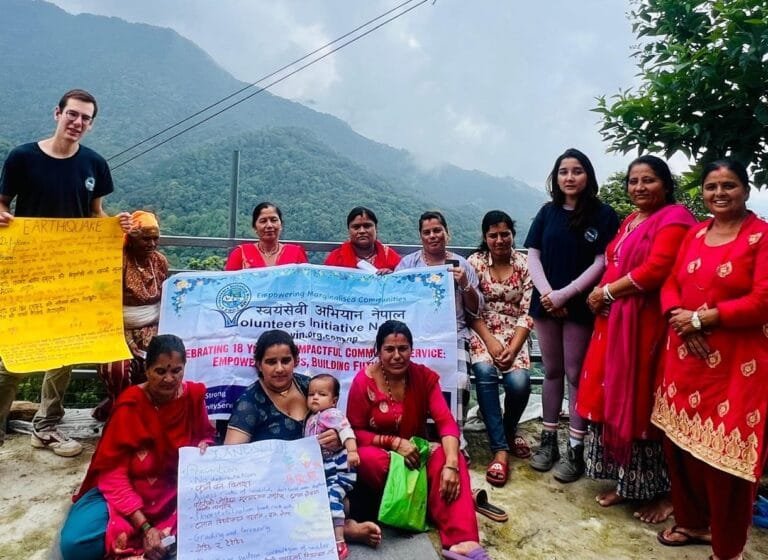Community Learning Center in Nepal
Empowering Local Communities through Education
In Nepal, where many rural areas face significant challenges related to education, a growing number of community learning centers are emerging as beacons of hope and change. These centers are dedicated to improving access to quality education, empowering individuals, and fostering community development. One such example is the Naratika Community Learning Centre (NTCLC), which has been playing a vital role in transforming the lives of local families by providing educational opportunities that would otherwise be inaccessible in remote regions.
The Role of Community Learning Centers in Nepal
Nepal is a country where over 80% of the population lives in rural areas, and many of these communities face significant barriers to education, such as lack of infrastructure, financial constraints, and social inequalities. For these rural communities, the establishment of community learning centers has become crucial for ensuring that education is accessible to all, regardless of background or socioeconomic status.
A community learning center (NTCLC) in Nepal is more than just a school—it’s a place where local communities can come together, learn new skills, improve their livelihoods, and enhance social cohesion. These centers often offer a wide range of programs, including formal education, adult literacy, vocational training, and health education. In addition to this, they serve as hubs for community engagement, where individuals can access information on a variety of topics such as agricultural techniques, environmental sustainability, and rights awareness.
Key Services Provided by Community Learning Centers in Nepal
Community learning centers in Nepal offer a variety of services that cater to the diverse needs of their communities. These services can be broadly categorized into:
- Formal Education for Children and Youth
Many community learning centers provide primary and secondary education to children who may not have access to formal schools due to distance or financial barriers. These centers often focus on improving literacy and numeracy, while also offering essential subjects such as science, mathematics, and social studies. They may also include extracurricular activities such as sports, arts, and cultural education, promoting a well-rounded development for young learners. - Adult Literacy and Education
In many rural areas of Nepal, adults, especially women, face significant barriers to accessing education. Community learning centers focus on adult literacy programs that help adults learn to read, write, and gain basic numeracy skills. These classes often serve to empower individuals by improving their ability to make informed decisions, manage household finances, and engage more effectively with local governance. - Vocational Training and Skill Development
One of the most impactful services provided by community learning centers in Nepal is vocational training. These centers offer programs that teach practical skills such as tailoring, carpentry, farming techniques, and computer literacy. By offering vocational training, these centers help individuals gain valuable skills that can improve their employability and contribute to local economic development. Vocational training is especially important in rural areas where job opportunities may be limited, and many individuals rely on agriculture or small-scale businesses to sustain their families. - Health and Hygiene Education
Education on health and hygiene is also a major component of community learning centers in Nepal. Many centers conduct workshops and training sessions that focus on essential health topics, including sanitation, nutrition, family planning, and the prevention of diseases like malaria and tuberculosis. By equipping community members with basic health knowledge, these centers contribute to improving the overall well-being of the population. - Community Empowerment and Social Development
In addition to providing educational programs, community learning centers often offer social programs aimed at empowering communities. These include initiatives focused on women’s rights, social justice, environmental sustainability, and human rights awareness. By creating spaces where individuals can discuss their challenges and share solutions, these centers contribute to building stronger, more cohesive communities.
Benefits of Community Learning Centers in Nepal
The impact of community learning centers in Nepal is far-reaching and multi-dimensional. Some of the most notable benefits include:
- Improved Access to Education
Community learning centers bridge the gap for students in rural areas who may otherwise have limited access to formal education. By providing localized learning options, they ensure that education reaches those in remote and underserved areas. - Increased Literacy Rates
The adult literacy programs offered by these centers have significantly increased literacy rates, particularly among women, who are often marginalized in traditional education systems. This not only helps improve the social standing of women but also contributes to the overall development of the community. - Enhanced Economic Opportunities
Vocational training programs offered at community learning centers help individuals acquire marketable skills that can improve their chances of finding employment or starting their own businesses. As a result, these centers play a key role in economic empowerment and poverty alleviation. - Health Improvements
Health education provided by community learning centers helps reduce the incidence of preventable diseases, promote better hygiene, and improve overall community health. This leads to a healthier population and reduces the burden on local healthcare systems. - Strengthened Community Bonds
By creating spaces where people can come together to learn, share ideas, and work towards common goals, community learning centers foster social cohesion and help build stronger, more resilient communities.
Challenges Facing Community Learning Centers in Nepal
Despite the many benefits, community learning centers in Nepal also face several challenges. These include:
- Limited Resources: Many centers operate with limited funding, which can affect the quality of education and the availability of resources like books, computers, and infrastructure.
- Geographical Barriers: Some rural areas are difficult to access due to mountainous terrain or poor infrastructure, making it challenging for community members to reach these centers.
- Cultural Barriers: In some areas, deeply rooted cultural norms may limit certain groups, particularly women, from fully participating in educational programs.
Looking Ahead: The Future of Community Learning Centers in Nepal
As Nepal continues to develop, the role of community learning centers will remain crucial. With support from local communities, governments, and international organizations, these centers can continue to evolve and expand, providing even more comprehensive educational services to the most marginalized groups. The future of Nepal depends on empowering its people through education, and community learning centers will continue to be at the forefront of this transformation.
Conclusion
Community learning centers in Nepal are essential for promoting inclusive education, economic development, and social empowerment in rural areas. By providing education, vocational training, and health education, these centers play a key role in improving the lives of individuals and their communities. As Nepal continues to grow, these centers will remain a vital part of the country’s educational landscape, helping to shape a brighter future for all.






[…] Community Events: Workshops, cultural programs, and social initiatives. […]
[…] emphasizes authentic cultural experiences by integrating visits to local villages, monasteries, and community learning centers. This cultural exchange allows you to learn about and appreciate the unique customs, traditions, […]
[…] primary goal was to educate the community about landslide triggers and how they could take simple yet effective preventive measures. We […]